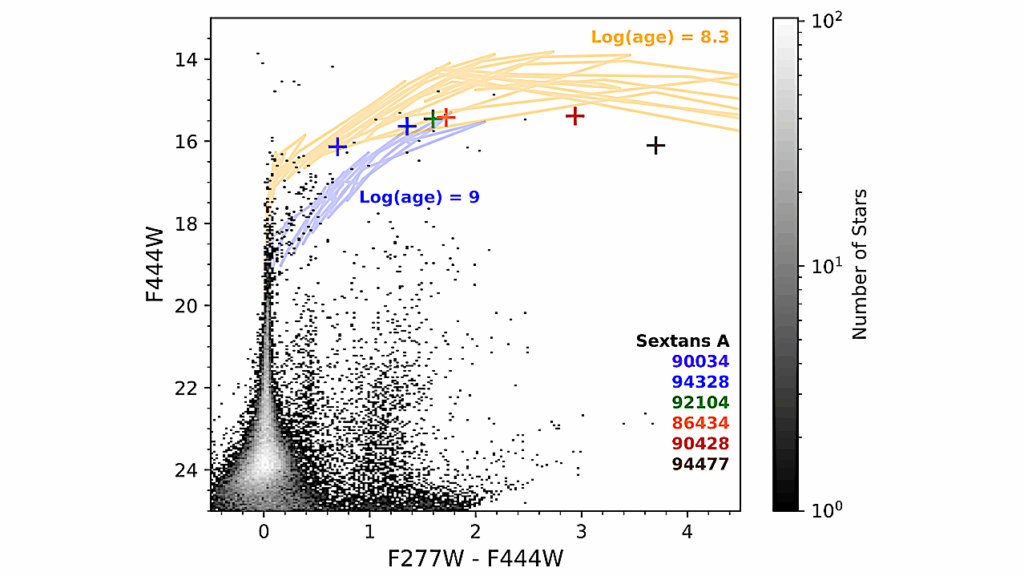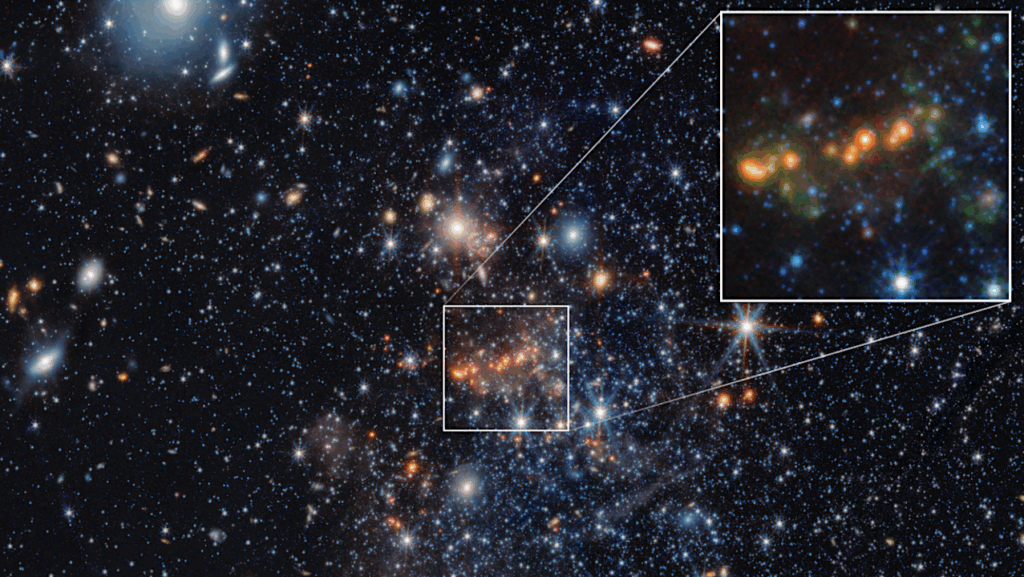Extension of the HCOOH and CO2 Solid-state Reaction Network During The CO Freeze-out Stage: Inclusion of H2CO

Formic acid (HCOOH) and carbon dioxide (CO2) are simple species that have been detected in the interstellar medium.
The solid-state formation pathways of these species under experimental conditions relevant to prestellar cores are primarily based off of weak infrared transitions of the HOCO complex and usually pertain to the H2O-rich ice phase, and therefore more experimental data are desired.
In this article, we present a new and additional solid-state reaction pathway that can form HCOOH and CO2 ice at 10 K ‘non-energetically’ in the laboratory under conditions related to the “heavy” CO freeze-out stage in dense interstellar clouds, i.e., by the hydrogenation of an H2CO:O2 ice mixture. This pathway is used to piece together the HCOOH and CO2 formation routes when H2CO or CO reacts with H and OH radicals. Temperature programmed desorption – quadrupole mass spectrometry (TPD-QMS) is used to confirm the formation and pathways of newly synthesized ice species as well as to provide information on relative molecular abundances. Reflection absorption infrared spectroscopy (RAIRS) is additionally employed to characterize reaction products and determine relative molecular abundances.
We find that for the conditions investigated in conjunction with theoretical results from the literature, H+HOCO and HCO+OH lead to the formation of HCOOH ice in our experiments. Which reaction is more dominant can be determined if the H+HOCO branching ratio is more constrained by computational simulations, as the HCOOH:CO2 abundance ratio is experimentally measured to be around 1.8:1. H+HOCO is more likely than OH+CO (without HOCO formation) to form CO2. Isotope experiments presented here further validate that H+HOCO is the dominant route for HCOOH ice formation in a CO-rich CO:O2 ice mixture that is hydrogenated. These data will help in the search and positive identification of HCOOH ice in prestellar cores.
D. Qasim, T. Lamberts, K.-J. Chuang, G. Fedoseev, S. Ioppolo, A.C.A. Boogert, H. Linnartz
(Submitted on 16 May 2019)
Comments: Accepted for publication in Astronomy and Astrophysics
Subjects: Solar and Stellar Astrophysics (astro-ph.SR); Astrophysics of Galaxies (astro-ph.GA); Chemical Physics (physics.chem-ph)
Cite as: arXiv:1905.06767 [astro-ph.SR] (or arXiv:1905.06767v1 [astro-ph.SR] for this version)
Submission history
From: Danna Qasim
[v1] Thu, 16 May 2019 14:13:15 UTC (1,548 KB)
https://arxiv.org/abs/1905.06767
Astrobiology, Astrochemistry








